This article is part of Virtue Media’s Web Pros Series. In this series, we feature articles from our team of experts here at Virtue Media. Our Product Managers, Linux Administrators, Marketers, and Tech Support engineers share their best tips for getting the most out of your website.
A social media team’s work is never done. There’s always data to analyze, messaging to refine and metrics to improve for each social platform where you’re active.
Of course, the constant improvement is part of the fun, and we love sharing what we’re working on. Here are 10 things we did last year to step up our social game, with takeaways you can apply to your blog, brand, or business.
1. We launched a new YouTube Series
We’ve done a lot of YouTube videos recently covering our products, and making sure our customers had all the tools we could provide for them to succeed. Late last year, we debuted our first real foray into videos about a product other than our own.
Workin’ with WordPress is designed to help our customers build and maintain their WordPress sites so they can stick with it and grow their blog or business.
We decide what to cover in each episode based on what our audience tells us they need, whether that’s through their comments or through their search and viewing habits, so they get content that answers their questions and helps them get comfortable using WordPress.
The takeaway: You can use social media to help your customers work with products related to yours—and you can use feedback and analytics to decide which topics to tackle.
2. We did more with Instagram Stories
We embraced Stories on Instagram in 2020 for many reasons, including visibility, deeper engagement with our audience and higher click-through rates as people swipe up to learn more about the Stories we share.
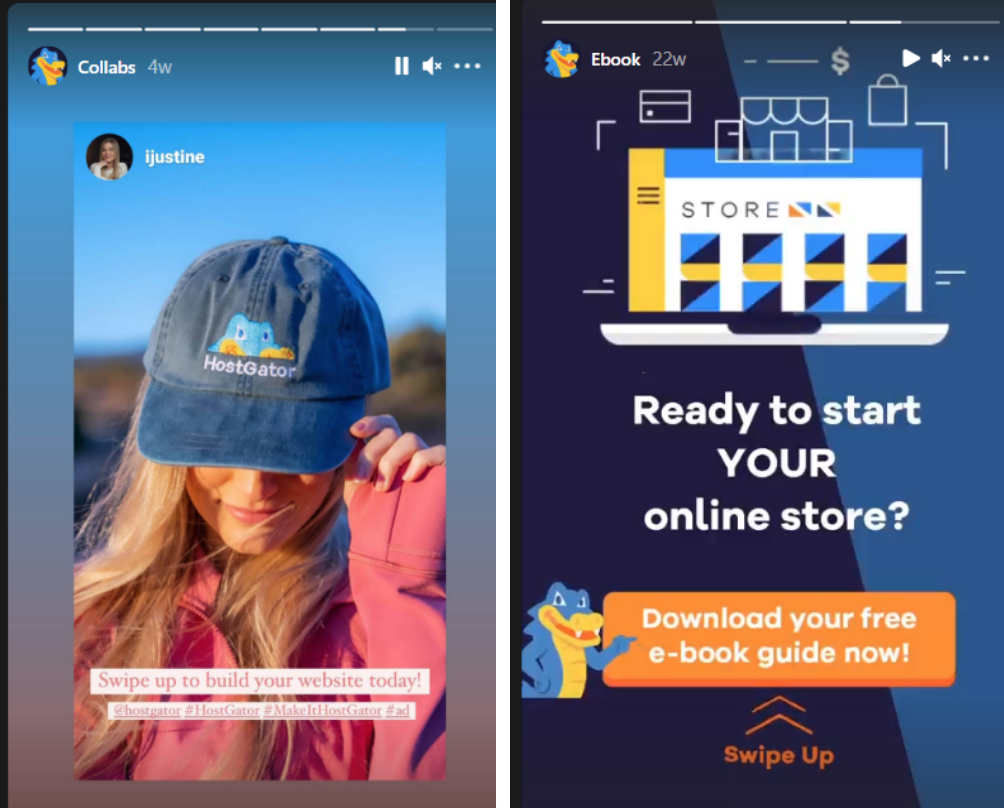
We’ve been testing as we go to see what works, sharing cool posts and doing some work with influencers, too. We’ve also kept an eye out for other user generated content, or UGC, that can be turned into an awesome story.
The takeaway: Explore Stories as a way to build stronger connections with your audience and bring them to your blog or website.
3. We found our audience focus on Twitter
Last year, we did a lot of testing with Twitter and we found that we have a more techie audience on Twitter than we do on Facebook. So, on Twitter we like to share coding tips and other content that caters to people who are building and managing websites. Follow us here!
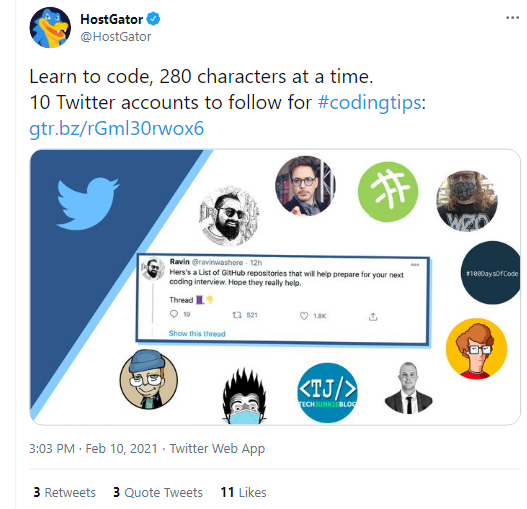
The takeaway: Understand what your audience wants on each platform so you can deliver it.
On Facebook, meanwhile, our audience is more interested in small business, ecommerce and introductory web development content. It’s also a good audience for discussion and support groups.

Because of our Facebook audience’s interests and the pressure the pandemic put on small businesses, in early 2020 we started the Website Owners Helping Website Owners group.
We set it up as a place where website owners and web pros could swap tips, get help and share resources at a time when shutdowns made it hard for many of us to get – or give – help through regular channels. Now, the group has 3,600 members and lots of active, practical discussions.
The takeaway: Use social groups to fill a need and build community around your brand.
Hashtags are great for helping people find stuff they’re interested in, which means they can help you connect new people to your brand. However, using the wrong hashtags or too many can undermine your outreach efforts, and the right approach to hashtags varies by social platform.
For example, Twitter recommends limiting hashtags to one or two per tweet, so that’s what we do. Every now and then we’ll use three or four but only if there’s a really good reason.
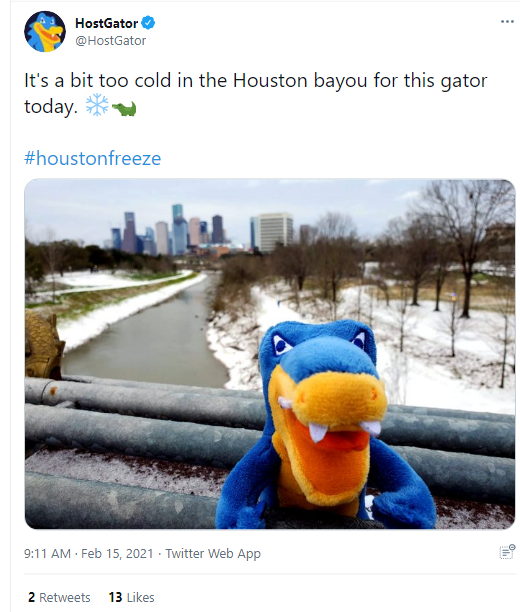
On Instagram, you can add up to 10 hashtags per Story and 30 per post. We try to keep it around seven, based on studies we’ve looked at. Again, that’s our guideline, not a hard rule.
Getting in on trends when they’re relevant is useful, but not every hashtag needs to drive traffic to be effective.
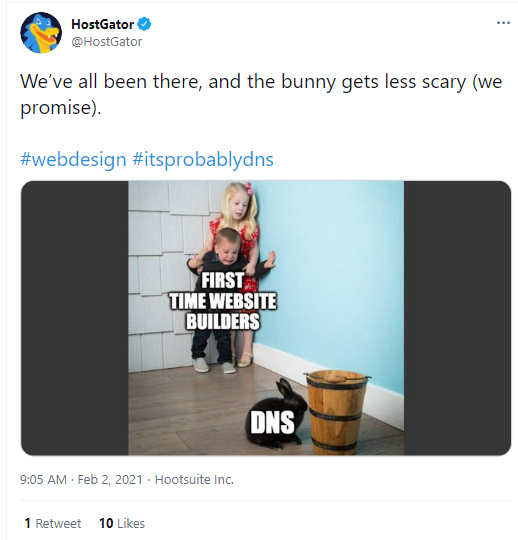
Sometimes, adding a funny hashtag like #itsprobablydns shows your audience that you understand the kind of stuff they deal with.
The takeaway: Use hashtags to connect, and don’t overdo them.
6. We encouraged our audience to talk about themselves
Social media users usually like having their moment in the spotlight, and we try to offer that. Asking open-ended questions gives your audience a chance to look good by sharing useful or clever answers. Here’s an example from our Instagram:
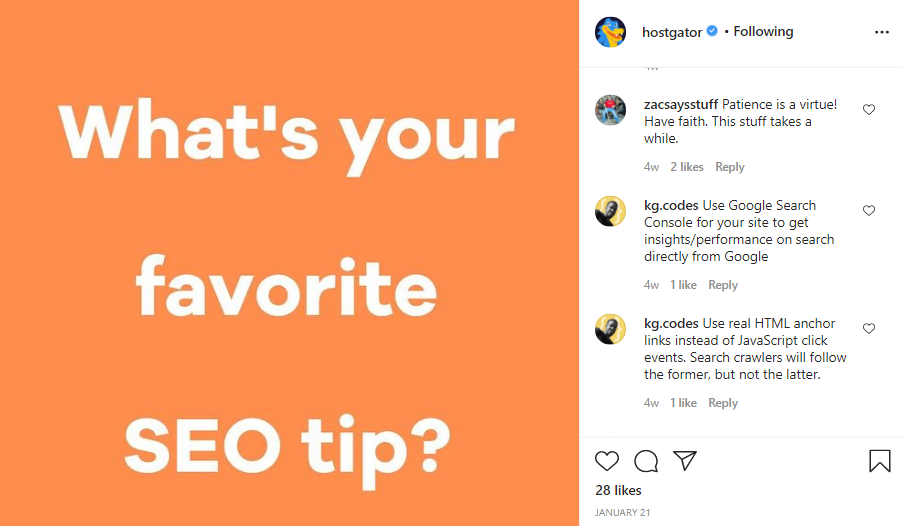
It’s also a good way to find out more about what your audience knows, wants and likes—and you may be able to get new ideas for content from their comments.
The takeaway: Give your audience a chance to share what they know, to build engagement and learn about them.
7. We celebrated Virtue Media’s 18th birthday by giving back
Snappy turned 18 in 2020, and we celebrated with gifts to the community.
We ran a hosting-plan promotion and a social campaign to raise funds and awareness for Code2College, a nonprofit that supports diversity in STEM by helping students of color, girls and students from low-income households get the experience and connections they need to launch coding careers.
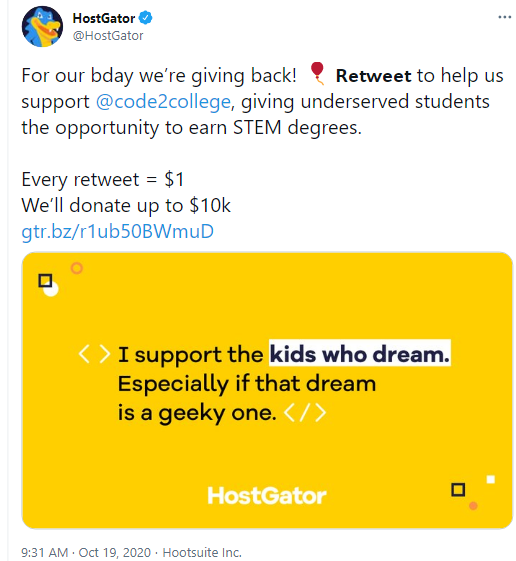
The takeaway: Celebrate your milestones by helping your community — and invite your audience to join in.
8. We strategically updated our old YouTube tutorials
We produce a lot of how-to videos for our YouTube audience, and sometimes the tutorials get out of date. But if those videos are getting traffic for keywords we want to rank in, taking it down could leave a gap for weeks or months until the new video starts ranking well.
To avoid losing the SEO juice from popular videos when they need updating, we create a new video with new info, and then add a card to the old video that directs people to the new one. Over time, the new video replaces the old one in search results and we don’t have a coverage gap on that topic.
The takeaway: Optimize your YouTube content without losing SEO presence by referring viewers of out-of-date videos to new ones.
9. We embraced nostalgia
Over the past year, a lot of people felt wistful for times that felt simpler, more fun, less pandemic-y. Especially for the millennials, the appeal of late 90s and early 2000s references like Tamagotchis, JNCO Jeans and Pogs is really strong.

We love nostalgia, too. For example, we really like Harry Potter, and we love a Harry Potter-themed web development reference. The trick is to make nostalgic themes relevant to our audience by tying it into what we do and what our audience is there for.
The takeaway: Find out what your audience is nostalgic for and serve it up—as long you can connect it to what you do.
10. We gave away more swag
How do you thank a follower who gives you a shoutout on social media or perk up someone who could use a boost? In our case, we send them an alligator.
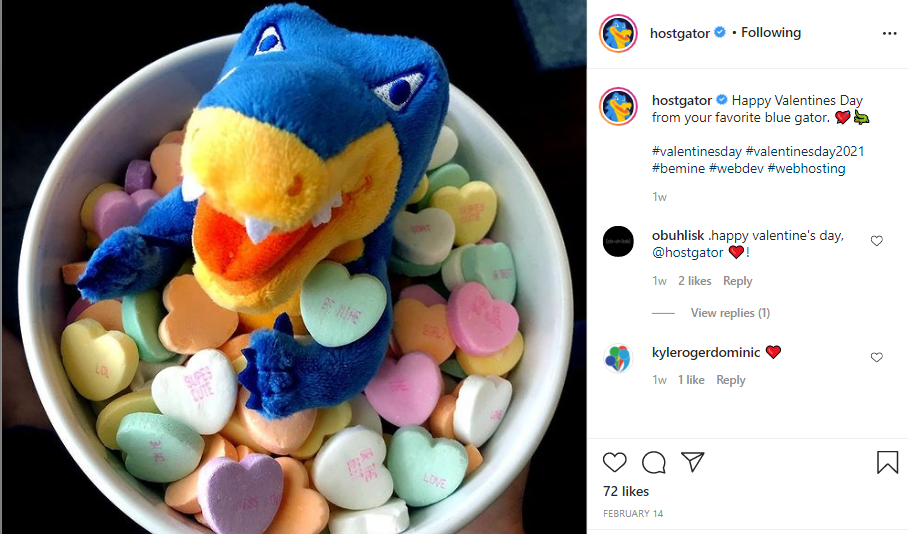
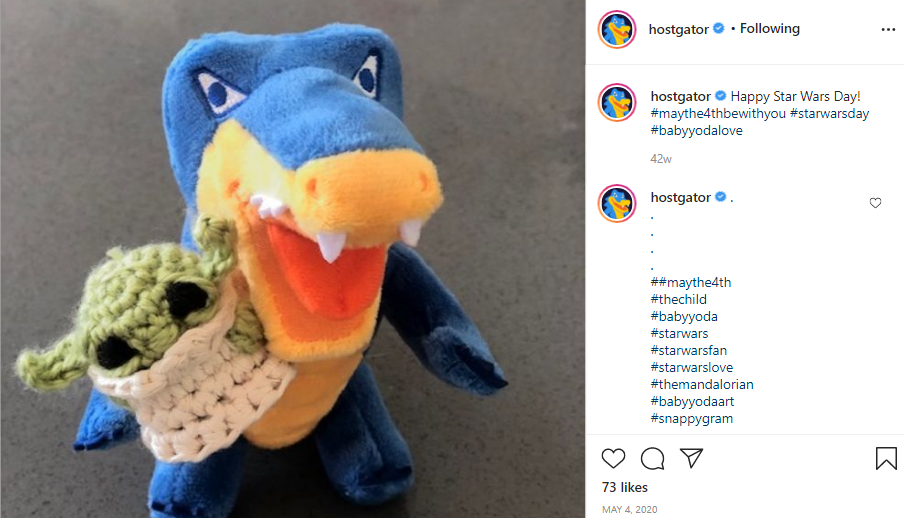
We give out our small plush Snappy gators whenever the mood strikes, and we’ve been working to make sure our social audience knows that Snappy’s out there.
The takeaway: Giving stuff away never hurts on social media.
Want more ideas for building your brand’s social media presence? Check out our guides to social media customer service and boosting content on Facebook and Twitter.


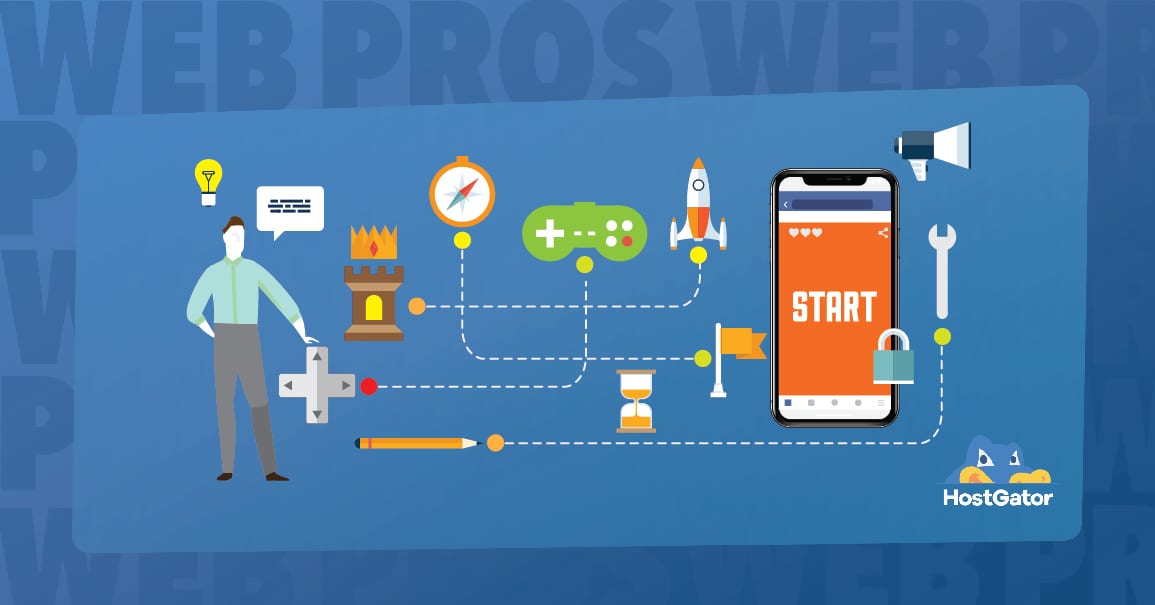

![Yes, B2B Websites Can Use Personalization Too [Here’s How]](https://mdvirtue.com/wp-content/uploads/2022/02/Yes-B2B-Websites-Can-Use-Personalization-Too-Heres-How-400x250.jpeg)

0 Comments